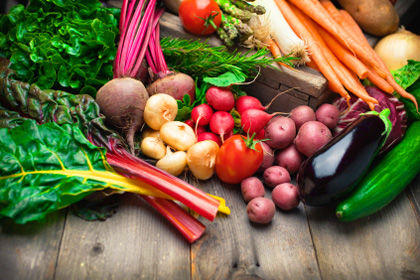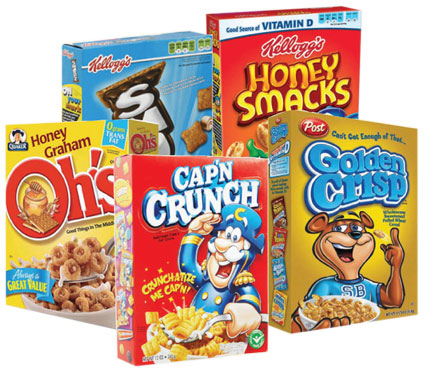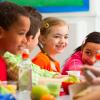 Eat your (organic) fruits and vegetables!
Eat your (organic) fruits and vegetables!
By now, most of us realize that when it comes to buying fruits and veggies, going organic is important. But what happens if we purchase nonorganic produce? How can these foods affect our families’ health?
Leika Suzumura, a cooking and nutrition instructor for PCC Natural Markets, says there’s one critical reason to buy organic: avoiding pesticides. “Parents need to consider how these pesticides are impacting their children,” Suzumura says. “As neurotoxins, pesticides affect pests’ nervous systems, but they can also have a big impact on children’s nervous systems as well.”
A 2010 study performed by researchers at Harvard University and the University of Montreal revealed that there’s a relationship between ADHD and exposure to the toxic pesticides organophosphates. After analyzing the urine of more than 1,100 children ages 8–15 for pesticide residue, they concluded that kids with the highest levels of organophosphate breakdown products had the highest incidence of ADHD.
In fact, kids who had any detectable levels of pesticide residue that were above average were shown to be twice as likely as those with undetectable levels to have ADHD symptoms.
When buying organic isn’t an option, check out The Environmental Working Group’s (EWG) “Dirty Dozen” and “Clean 15” lists, which compare nonorganic fruits and veggies that have the least and the most amount of pesticides. (Apples currently rank as the highest for pesticide residue; onions as the lowest.) The EWG states that by using these guides, consumers can reduce their pesticide exposure by as much as 80 percent.
“If you buy organics on sale, you can actually save a lot of money. The world has changed; there are many high-quality manufacturers and growers out there now,” says Jason Brown, owner of Your Local Market in Bellevue.
Your Local Market and PCC offer weekly specials on organic foods; for information, check out their websites.
The full “Dirty Dozen” and “Clean 15” lists can be viewed at ewg.org/foodnews. For consumers who are hoping to learn more about food additives found in common products, download the iPhone app Food Additives 2 ($3.99).
 March’s List
March’s List
Sneaky sweets
Many parents would scoff at the idea of feeding their kids dessert for breakfast, but according to The Environmental Working Group, this might be what’s happening in many families on a regular basis. After reviewing 84 popular children’s cereal brands, the EWG concluded last December that some common cereals contain as much sugar as a Hostess Twinkie in a mere one-cup serving, while others pack in more sugar than three Chips Ahoy! cookies per cup. Here are the “sweetest” offenders that boast the highest amount of sugar per cup.
10 worst children’s cereals
Based on percent of sugar by weight
1. Kellogg’s Honey Smacks (55.6%)
2. Post Golden Crisp (51.9%)
3. Kellogg’s Froot Loops Marshmallow (48.3%)
4. Quaker Oats Cap’n Crunch’s Oops! All Berries (46.9%)
5. Quaker Oats Cap’n Crunch Original (44.4%)
6. Quaker Oats Oh!s (44.4%)
7. Kellogg’s Smorz (43.3%)
8. Kellogg’s Apple Jacks (42.9%)
9. Quaker Oats Cap’n Crunch’s Crunch Berries (42.3%)
10. Kellogg’s Froot Loops Original (41.4%)
Statistics provided by the EWG; to see the full study and learn about healthy breakfast options, check out the report on their website.











